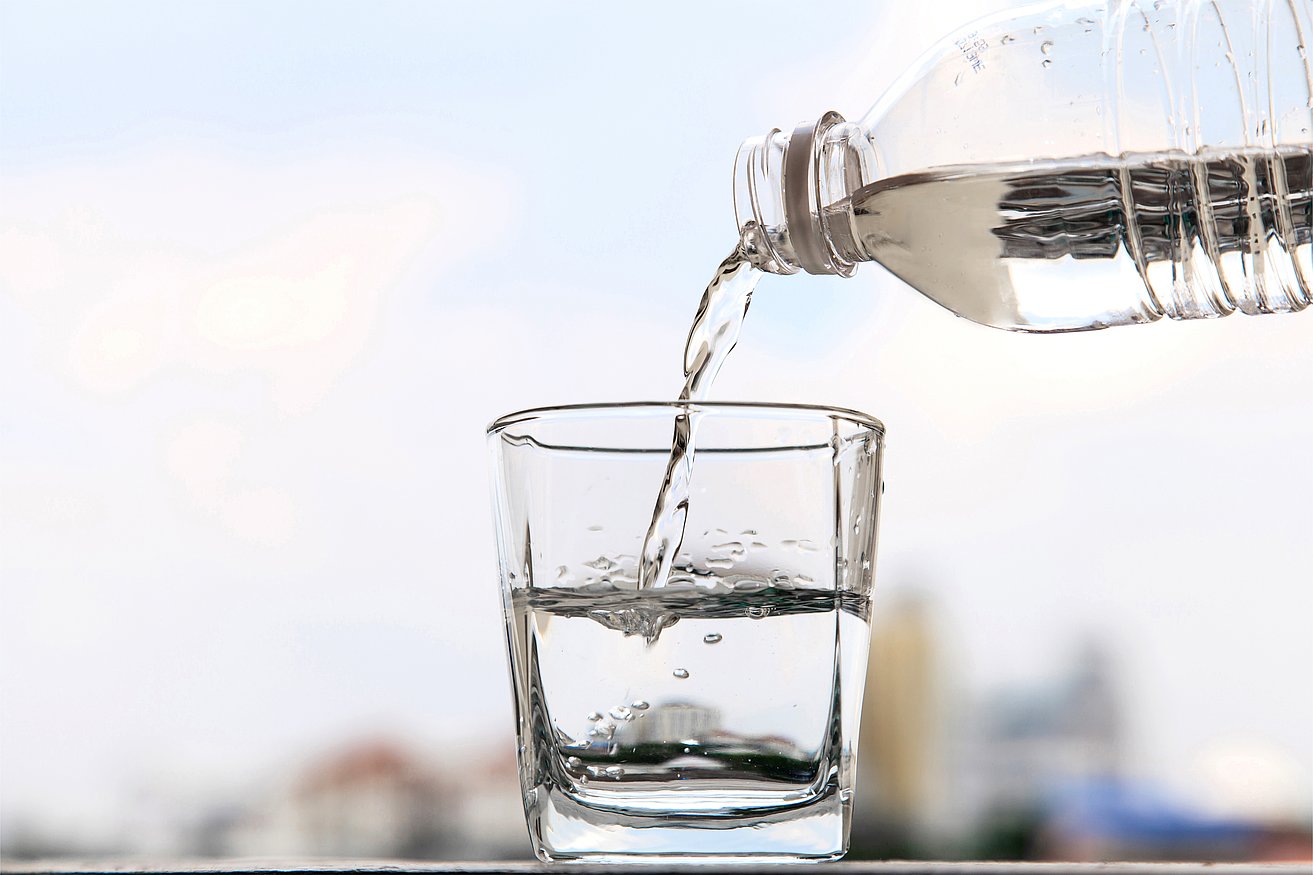Dripstones or flowstones are created following the very same principle. However, while we find limestone caves and their creation fascinating, limescale in pipes of machinery or on our sink bugs us. When warm or hot water are concerned, it is a particular worry: as lime is a poor heat conductor, the energy consumption needed to heat water rises with the calcium deposits.
Numerous drinking water production facilities in Germany are using the very plausible principle of water softening using calcium hydrate to reduce the problem of calcium deposits. By adding slaked lime in the form of lime milk or lime water, the pH value and the concentration of calcium ions is increased substantially. This higher concentration of calcium ions results in the chemical precipitation of the soluble calcium hydrogen carbonate as calcium carbonate, which falls down in the drinking water facility as a white deposit and is separated. The thus precipitated calcium carbonate is then put to a meaningful use.

